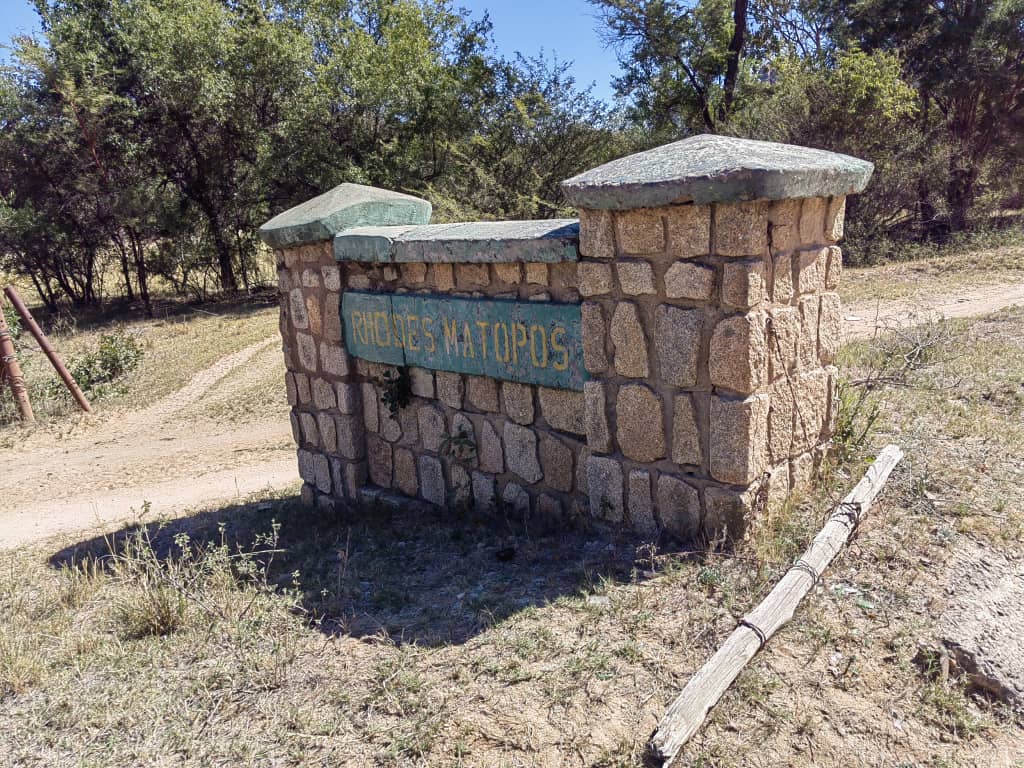By Sharleen Mahommad
Matopos has the potential to become a top tourist destination in Zimbabwe if properly marketed to the global audience, said Bulawayo Mayor, David Coltart
Coltart said this during the 10th anniversary celebrations of the My Beautiful Home project at Amagugu International Heritage Centre.
The My Beautiful Home project, which encourages the preservation of the cultural practice of decorating traditional huts with locally sourced natural materials, has grown significantly since its inception in 2014.
Situated within the UNESCO World Heritage-listed Matobo Hills, the project started with just 30 participants and is now expected to attract over 1,000 participants by 2021.
Local residents use traditional methods, mixing mud, coal, ash, and natural pigments to create intricate designs, preserving a craft practiced for centuries.
Currently supported by the German Embassy in Zimbabwe, the project highlights the rich cultural and historical significance of the Matobo region. Matobo Hills boasts one of the largest concentrations of rock art in Southern Africa, providing invaluable insights into the lives of early foraging societies and the later agricultural communities that replaced them.
During his speech, Mayor Coltart emphasized that Matopos, home to iconic attractions such as the Matopos National Park, Cecil John Rhodes’ grave, and ancient rock paintings, is significantly under-marketed, despite being one of the most beautiful places in the world.

“Since becoming mayor, I’ve thought deeply about how we can reinvent Bulawayo and reimagine its future. Tourism is one of the key sectors that can drive economic growth. However, it is a fact that most tourists visiting Zimbabwe head to Victoria Falls or Harare. Very few come to Bulawayo or Matopos, yet the Matopos is a hidden treasure and a UNESCO World Heritage Site,” said Coltart.
He stressed that the artistic and cultural importance of Matopos, including its unique rock art, white rhinos, and the burial sites of significant historical figures like King Mzilikazi and Cecil John Rhodes, should make it one of Zimbabwe’s major tourist attractions.
Coltart further urged local stakeholders to take advantage of digital technology to boost tourism in the area, suggesting the use of modern mapping tools to create mountain biking, horseback, and walking tours of the region’s historic painted rocks and traditional homes.
“We can use digital mapping to guide tourists on mountain bikes or horseback tours, allowing them to fully experience the beauty and cultural significance of Matopos. Beyond sightseeing, there is potential for tourists to stay in the decorated homes and immerse themselves in the local culture,” Coltart added.
He also noted the opportunity for local artists and weavers to gain more recognition and income by selling their art to tourists, lamenting that current efforts are underutilized.
“If we visit the curio stand near Rhodes’ grave, it is clear that it is under-supported. We should be selling more art, more culture, to the hundreds—if not thousands—of tourists who could be visiting Matopos,” said Coltart.
The mayor expressed optimism that, with proper marketing and support, Matopos could become a major tourist destination, attracting international visitors in the coming years.
“It is my hope that in the next 10 years, we will see hundreds of thousands of tourists coming here to appreciate the beauty, history, and culture of Matopos,” he concluded.











More Stories
Crime Surge In Zim, As The Rot Flow From The head
Investigations Reveal Coordinated Looting And A Systematic Cover Up By Authorities For Rusape Town Council
Cross-border Collaboration Launches Anglican Into Renewable Energy Sector